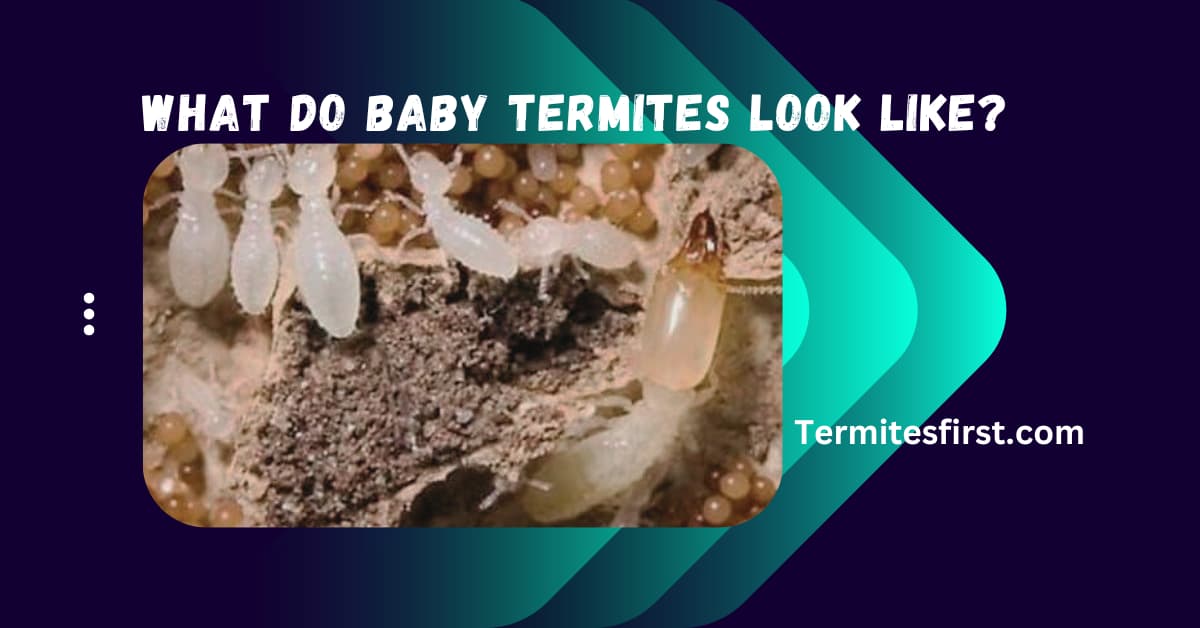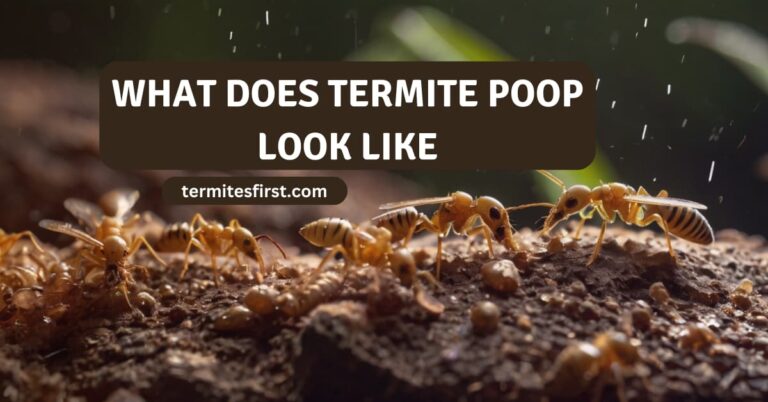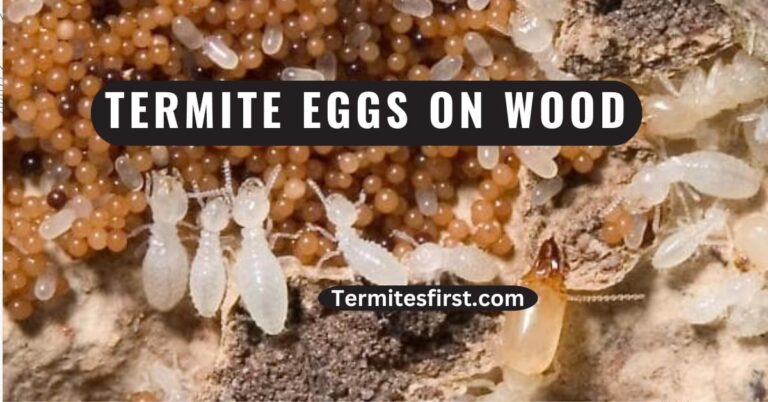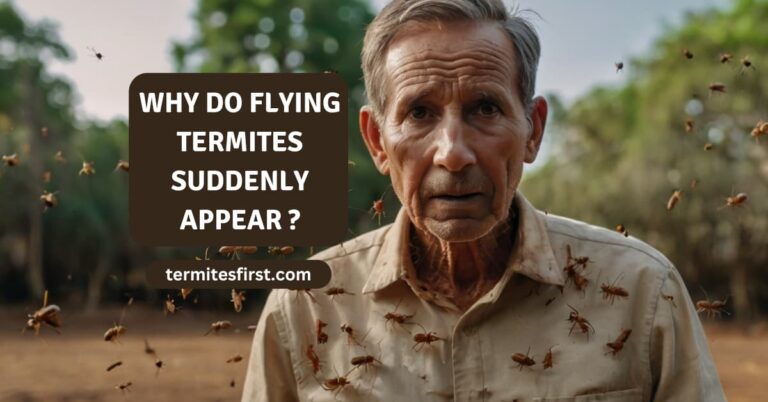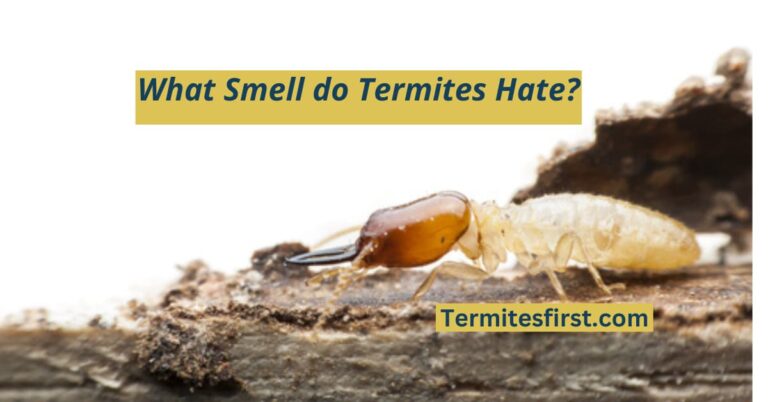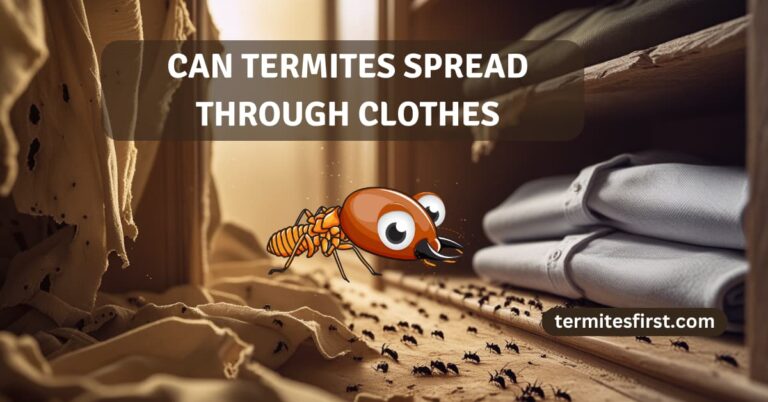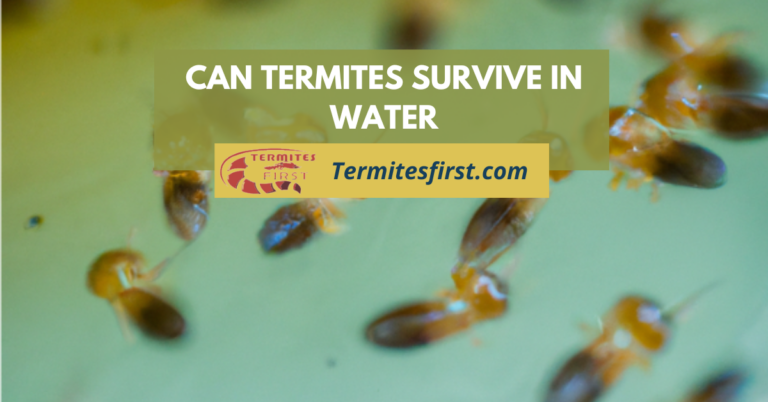What Do Baby Termites Look Like? My Guide to Identifying Them
When I first encountered baby termites, I was surprised by their appearance. What do baby termites look like? These tiny creatures, often mistaken for ants or other pests, are miniature termites. They are small, soft-bodied insects that range in color from white to light brown. Their translucent bodies make them hard to spot, especially when they are in their colonies.
Understanding their appearance is crucial for identifying an infestation early. Baby termites, or nymphs, lack wings and have straight antennae. Recognizing these features can save my home from potential damage. In this post, I’ll share everything you need to know about baby termite identification and why it matters.
Understanding Termite Lifecycle
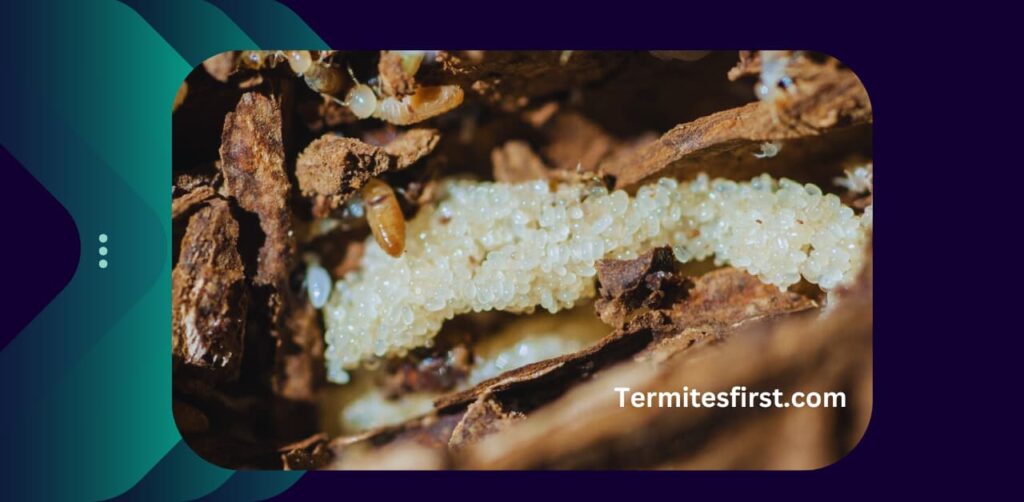
Egg Stage
Termites start their life as tiny eggs. A queen termite can lay thousands of eggs in a single day. The eggs are usually white and about the size of a grain of rice. They hatch into nymphs after about two weeks. I find it fascinating how quickly these little creatures begin their journey.
Nymph Stage
Nymphs look similar to adult termites but are smaller and lack wings. They go through several molts before reaching maturity. This stage lasts around one to three months, depending on environmental conditions. Factors like temperature and humidity can speed up or slow down growth. Healthy nymphs are crucial for the colony’s future.
Worker Stage
Once they mature, termites become workers or soldiers. Workers take care of the colony by gathering food, building tunnels, and caring for the young. Soldiers defend the colony from threats. This stage can last for several years. Their role is vital for the colony’s survival and health.
Reproductive Stage
Reproductive termites are also known as alates. They develop wings and leave the colony to mate during specific seasons. After mating, they shed their wings and establish new colonies. This phase is essential for spreading the termite population. It ensures that new colonies can thrive in different locations.
Lifespan Overview
The lifespan of each termite varies by role. Workers live about one to two years, while reproductive termites can live up to five years or more. Environmental factors play a significant role in determining their longevity. The balance between these stages keeps the colony thriving.
Importance of Each Stage
Each stage in the termite lifecycle contributes to the overall health of the colony. Eggs ensure continuity, while nymphs grow into strong workers and soldiers. Reproductive termites expand the population and create new colonies. If any stage falters, it can impact the entire colony’s survival.
I have learned that understanding this lifecycle helps in managing termite infestations effectively. Knowing where they are in their development can guide pest control efforts.
What Baby Termites Look Like
Size Comparison
Baby termites are quite small. They measure about 1/8 to 1/4 inch in length. This size makes them much smaller than adult termites, which can grow up to 1 inch long. I find it interesting how their tiny size helps them remain hidden.
Their small stature allows them to fit into tight spaces. This is crucial for their survival as they often seek shelter in wood or soil. The size difference also affects how they interact with their environment. Adult termites can be more visible, while the babies stay safe and out of sight.
Color Variations
Colorless baby termites appear almost transparent. Their bodies lack the pigmentation seen in adults. This translucency allows light to pass through, making them blend into their surroundings. I remember seeing some baby termites under a microscope, and their colorless bodies were fascinating.
As they mature, they gain a more defined coloration. Adults can be brown or black, depending on the species. The change in color indicates growth and development. It’s important to recognize these differences because it helps identify termite types.
Soft-Bodied Nature
Baby termites have soft bodies. This softness sets them apart from many other insects. Their skin is delicate and easily damaged, which makes them vulnerable. The segmented appearance of their bodies adds to this uniqueness.
Each segment of their body plays a role in movement and function. The soft-bodied nature allows for flexibility as they navigate through tunnels and wood. I once observed how they moved quickly through tiny crevices, showcasing their adaptability.
Development Process
The process of growing from a baby termite to an adult is gradual. They undergo several molts during their lifecycle. Each molt reveals a larger version of themselves until they reach maturity. Understanding this process is vital for pest control efforts.
Physical Features of Baby Termites
Key Traits
Baby termites, also known as termite babies, have six legs and straight antennae. These are their most noticeable features. The legs help them move quickly in their environment. The straight antennae allow them to sense their surroundings. I find it fascinating how these small traits play a big role in their survival.
Color and Structure
Baby termites lack pigmentation. Their bodies appear translucent and pale. This absence of color helps them blend into their surroundings. Unlike adult termites, they do not have a hardened exoskeleton. Their soft bodies make them vulnerable but also allow for easier movement through tight spaces.
Size and Shape
The small size of baby termites aids in their survival. They are typically around 1/8 inch long. This size allows them to hide from predators easily. Their elongated shape helps them fit into crevices and wood where they live. I remember observing how quickly they can dart into a tiny hole when threatened.
Development Stages
As baby termites grow, they undergo several stages of development. They start as eggs, which are very small. After hatching, they enter the nymph stage. During this time, they look similar to adults but remain smaller and softer. This gradual growth helps them adapt to their environment without drawing too much attention.
Importance of Physical Features
Understanding the physical features of baby termites is important for several reasons. It helps in pest control efforts. Knowing what they look like can aid homeowners in identifying infestations early. Early detection can prevent significant damage to wooden structures.
Development Stages of Termites
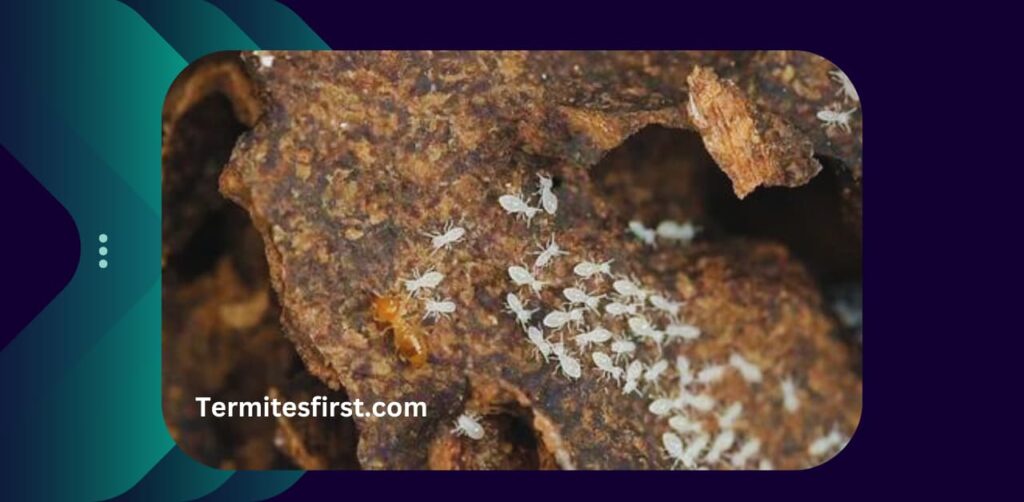
Termite Larvae
Baby termites start as termite larvae. They are small, white, and soft-bodied. At this stage, they rely on their colony for food and protection. The workers feed them a special diet that helps them grow.
Larvae undergo several molts before becoming nymphs. This process is essential for their development. I find it fascinating how these tiny creatures change so much in a short time.
Nymph Stage
After the larval stage, termites become nymphs. Nymphs look like smaller versions of adult termites but lack reproductive organs. They continue to grow and develop through additional molts.
Environmental conditions play a significant role in this transformation. Warm temperatures and high humidity support their growth. In my experience observing insects, I noticed that temperature changes can affect their activity levels significantly.
Adult Termites
Eventually, nymphs mature into adult termites. At this point, they take on specific roles within the colony. Some become workers, while others may develop into reproductive termites or even king termites.
The caste system in termite colonies is crucial for survival. Each caste has distinct responsibilities. Workers gather food and maintain the nest. Reproductive termites focus on mating and expanding the colony.
Role Changes
As termites mature, their roles shift within the colony. Workers remain vital throughout their lives, while reproductive termites emerge only when conditions are right. This division of labor ensures that the colony functions efficiently.
In many cases, a healthy termite population depends on having a balance of all castes. I have seen how important teamwork is in nature, especially among social insects like termites.
Environmental Influences
Factors such as temperature and moisture directly impact termite development stages. High humidity helps larvae thrive and grow quickly into nymphs. If conditions turn dry or cold, growth slows down significantly.
Understanding these influences can help in managing termite populations effectively. Homeowners should be aware of the conditions that attract termites to prevent infestations.
Role of Larvae in Colony
Worker Termites
Worker termites play a vital role in the colony. They are responsible for gathering food, caring for the young, and maintaining the nest. Their daily tasks include chewing wood and breaking it down into digestible pieces. This process helps feed other members of the colony.
I find it fascinating how these small insects can contribute so much to their community. Without workers, the colony would struggle to survive. They ensure that everyone has enough food and that the home remains clean and safe.
Soldier Termites
Soldier termites have a different job. They protect the colony from predators and threats. Their strong jaws can defend against ants and other insects that might attack. Soldiers do not eat or care for the young; their focus is solely on defense.
The importance of soldier termites cannot be overstated. A colony without soldiers is vulnerable to attacks. I once read about a colony that lost its soldiers and quickly faced destruction from invading ants. This shows how crucial their role is in keeping the colony safe.
Reproductive Role
Baby termites, known as larvae, play a crucial role in the growth of the colony as they are responsible for reproduction. Under the right conditions, these larvae transform into new queens and kings who eventually venture out from their original colony to establish new ones. This process is vital for the expansion of the termite population.
Reproduction is key for a termite colony’s survival. New colonies can form in different locations, which helps spread the species. I remember learning about how a single queen can lay thousands of eggs, leading to rapid growth in numbers over time.
Worker termites maintain the home and provide food, while soldier termites defend against threats. Certain larvae ensure future generations through reproduction. Each group plays a unique role in supporting the colony’s overall health and success.
Identify Baby Termites at Home
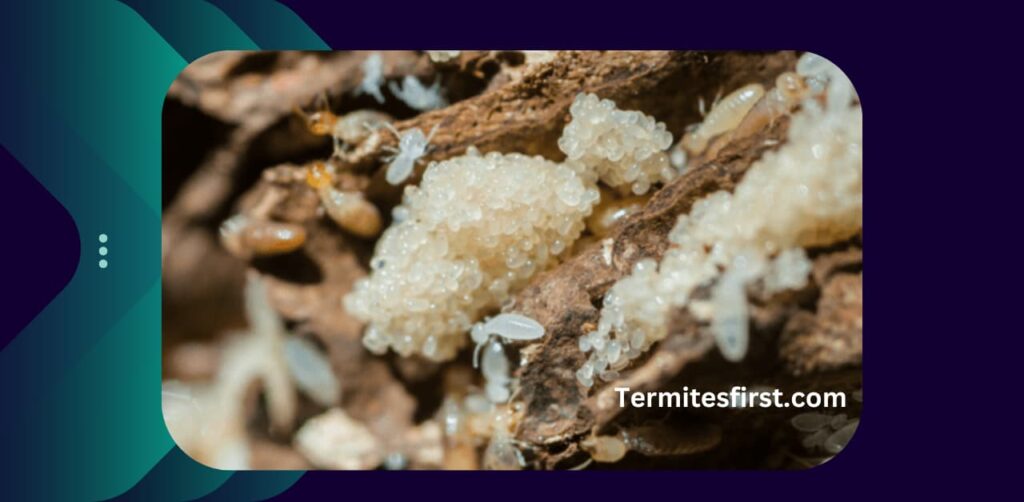
Tiny Termite Nymphs
Baby termites, also known as tiny termite nymphs, are small and often hard to spot. They can be pale or white in color, resembling small ants. Their bodies are soft and they lack wings. These young termites grow into adult termites over time. I remember seeing these tiny insects in my home once, and it took me a while to realize what they were.
When identifying baby termites, look for their distinct features. They have straight antennae, unlike ants which have bent ones. Their bodies appear more uniform in size compared to ants. This can help you differentiate between the two. If you see a cluster of these miniature termites, take action quickly.
Common Locations
You might find baby termites in various places around your home. They often hide in damp areas like basements or near wooden structures. Look under sinks or around leaky pipes. These spots provide the moisture they need to thrive.
Another common area is near wooden furniture or beams. Termites love wood because it’s their primary food source. I found some near an old wooden chair once. It was alarming to see how quickly they could invade.
Check for signs of damage too. Holes in wood or sawdust piles can indicate termite activity. If you notice these signs, inspect further to confirm the presence of baby termites.
Vigilance is Key
Monitoring your home for signs of baby termites is crucial. Early detection can prevent a larger infestation later on. Regular checks around your home can save you from costly repairs.
Consider setting up traps or using bait stations as a proactive measure. These tools can help catch any tiny termites before they multiply. I’ve learned that being vigilant pays off. The sooner you act, the better chance you have of controlling the situation.
- Here are some tips to keep in mind:
- Inspect wooden structures regularly.
- Keep an eye out for moisture issues.
- Remove any wood debris from around your home.
Signs of Termite Infestation
Mud Tubes
Mud tubes are a clear sign of termite infestations. These tubes are made from soil, wood, and termite saliva. They serve as tunnels for termites to travel between their nest and food sources. I once found mud tubes along the foundation of my home. It was alarming to see how easily they can go unnoticed.
These tubes protect termites from predators and help maintain moisture. They often appear in hidden areas like basements or crawl spaces. If you spot these structures, it’s crucial to investigate further. Ignoring them can lead to severe damage.
Damaged Wood
Wood damage is another important indicator of a termite problem. Termites eat wood from the inside out, leaving a thin layer on the surface. This makes it hard to notice at first. I remember checking some old furniture and finding it hollowed out. It was shocking to realize that termites had been living inside.
Look for signs like soft spots or wood that sounds hollow when tapped. This damage can weaken your home’s structure over time. If you suspect an infestation, examining wooden beams and furniture is vital.
Droppings
Termite droppings, also known as frass, are another sign of an infestation. These droppings resemble small pellets and are usually found near wood sources. I discovered frass under a wooden deck one summer. It was a clear warning that something was wrong.
The presence of droppings indicates that termites have been feeding nearby. This can help pinpoint the location of the termite colony. Regular checks for droppings can save you from bigger problems down the line.
Swarming Behavior
Swarmer termites are winged insects that leave their nests to reproduce. Their appearance is a strong signal of a termite infestation nearby. Typically, swarming occurs in spring or early summer when conditions are right. I recall seeing these insects around my porch light one evening; it was unsettling.
If you notice swarming behavior inside or outside your home, take action immediately. It means that a mature termite colony is nearby and may be causing damage already.
In summary, recognizing these signs early can prevent extensive damage to your property. Keeping an eye out for mud tubes, damaged wood, droppings, and swarming behavior is essential in protecting your home from termites.
Preventing Termite Infestation
Regular Inspections
Regular inspections of wooden structures are essential. I recommend checking for signs of potential termite infestation at least twice a year. Look for mud tubes, droppings, or damaged wood. These signs indicate that termites might be nearby.
Homeowners should inspect areas like basements, attics, and crawl spaces. These spots are often dark and damp, perfect for termites. I once found evidence in my attic during an inspection. It was shocking how quickly they can cause damage if left unchecked.
Dry Environments
Maintaining dry environments helps deter termite activity. Termites thrive in moisture-rich settings. Fix any leaks in pipes or roofs immediately. This simple action can prevent a lot of headaches later.
Using dehumidifiers in damp areas is also effective. I use one in my basement to keep it dry. It’s made a noticeable difference in keeping pests away.
Safe Disposal of Wood Debris
Safe disposal of wood debris is crucial in preventing infestations. Termites feed on cellulose found in wood. That means any leftover wood from construction or yard work can attract them.
Dispose of wood scraps properly. Store firewood away from the house and elevate it off the ground. I learned this the hard way when I stacked wood too close to my home. The next thing I knew, I had a swarm of destructive termites nearby.
Pest Control Solutions
Consider professional pest control solutions if you suspect an infestation. They can assess your property and provide targeted treatments, like termite bait systems or chemical barriers. These methods effectively manage existing termite populations and prevent future invasions.
I’ve seen friends benefit from these services after dealing with infestations themselves. Professionals can find hidden colonies that homeowners might miss.
Educate Yourself
Educating yourself about termites is vital. Understanding the types of termites, such as worker termites and queen termites, helps you identify threats early on. Subterranean termites are particularly dangerous as they live underground and can go unnoticed until significant damage occurs.
Knowing what attracts termites can help you avoid problems. They love moisture and cellulose materials, so make sure to address these issues around your home.
Conclusion:
I’ve shared a lot about baby termites and their role in the colony. Knowing what they look like helps in spotting them early. Their physical features and stages of development are crucial for anyone worried about infestations. Identifying them at home can save you from costly damage down the road.
Preventing termite issues is key. Regular checks and maintenance can keep your space safe. I encourage you to stay vigilant and act fast if you spot any signs of these little critters. Don’t let baby termites turn into a big problem. Take action today!
Related: Bugs That Look Like Termites
FAQ’s:
Baby termites, or nymphs, are small and pale. They resemble adult termites but lack wings. Their size is about 1/8 inch long, making them hard to spot.
Look for mud tubes, discarded wings, or hollow-sounding wood. If you notice these signs, you may have an infestation that needs attention.
Yes, baby termites can be harmful. They feed on wood and can cause significant damage to structures if left unchecked.
Baby termites develop into adults within a few months. Once mature, they can live for several years, depending on their role in the colony.
To prevent termites, keep wood away from soil, fix leaks, and seal cracks in your foundation. Regular inspections can help catch issues early.
Yes, some baby termites will eventually grow wings as they mature. These winged adults are called swarmers and leave the colony to reproduce.
While DIY methods exist, professional treatment is often more effective. Termites can be challenging to eliminate completely without expert help.

